San Jose – the capital of Costa Rica
Even though we decided not to live in San Jose, we still decided to set some time aside for a visit. After all, a country’s capital is the center of its life and culture.
This was when we first experienced the unpredictable local weather. We drove in wearing t-shirts and shorts, since it was a clear, warm day. But people in San Jose, which was only an hour’s drive away, were wearing jackets – it was rather cold outside. The temperature suddenly dropped to 13-14 degrees, which we never expected, so we got a little cold, yet we still spent the entire day in the capital.
San Jose is a relatively new city. The first settlement here was founded in 1737. It was inhabited mostly by smugglers banished from Cartago – the capital of colonial Costa Rica. The village expanded very slowly. The situation changed a little only after the tobacco factory was established, as employees moved here from all over the country, often with their families.
In 1824, the newly elected president – Juan Mora Fernandez – decided to move the capital and the parliament from Cartago. And so, San Jose became the new capital of Costa Rica. The city began to grow slowly, expanding along the Central plateau. Today the capital’s population exceeds one million.
Since city development in San Jose began relatively recently, there are barely any traditional colonial buildings in the city. This is why in the middle of the 19th Century the government decided to erect buildings that would embellish the city streets.
It’s worth walking along Plaza-de-la-Cultura, where the most beautiful building in the capital is located – the National Theater with a spacious vestibule, decorated with gold, marble, beautiful frescoes and sculptures.
Nearby is the Museum of Gold and Numismatics with a large collection of pre-Columbian exhibits, including native Indian decorations, old coins, god figurines, and even full-sized pure gold statues of soldiers.
Just a few minutes by walk from the square stands the Cathedral Basilica of San Jose and Park Centrale.
By the park there is a post office – Correos de Costa Rica. Its French-style architecture and a small museum of antique post boxes within its walls are worth a visit.
We timed our visit so that we could attend our first carnival. It was the time of the winter Latin American carnivals, so we were expecting to see something grand and colorful, but all we saw was a small costumed procession that ended with fireworks.
As we traveled through other countries later on, we realized that the San Jose celebrations were local and very humble.
We found the Costa Rican capital quite depressing. The city center could have been beautiful, but, unfortunately, even the most elegant structures were often so defaced by signboards of various stores and self-made advertisement posters, that it made it almost impossible to study the architecture. The further you move from the tourist center, the dirtier and bleaker the streets become, built up with hideous little houses.
Central San Jose is filled with beggars and rather peculiar individuals. The moment we would park our car somewhere and go for a walk, a local guy would always approach us, offering us to guard our vehicle. Looking at him we realized that if we refused his services and didn’t pay him, the “guard” could quite easily become the vandal and scratch our car, in the least. We were forced to constantly come up with different excuses to get rid of these “assistants”.
Many walls in San Jose have become true masterpieces.
By the way, San Jose was where we went our first local restaurant. After a long walk we worked up an appetite, and, besides, it was time to feed the boys. Having thoroughly studied reviews on different websites, we chose a decent place. The restaurant was very cozy with a beautiful interior, but the food was disappointing. The soup tasted like heated up canned soup. And the other dishes were barely edible, too. Our further experience showed you can only find delicious cuisine in “local” restaurants with traditional Costa Rican recipes.
Tourists stop in San Jose mostly to explore its environs and the surrounding national parks, which are often even more interesting than the city. Around 80km south of the capital lies the Mountain of Death – Cerro de la Muerte – the highest point of Costa Rica.
Once there was a time where it was incredibly hard to climb to the top, and for many pioneers their journey ended in death – hence the name. Today the Pan-American highway lies through the mountain’s slopes, offering incredible views.
And 90km north of San Jose lies a grandiose volcano Arenal – 1,670m high, which most recently erupted in 1968. The volcano is active to this day, so you can often see clouds of smoke rising over its peak. In the evenings the crater is often lit up, illuminating the vicinities – a reminder of nature’s unpredictable and merciless power.
The volcano isn’t the only feature of Arenal National Park. Here you can relax on the shore of the largest lake in Costa Rica, discover La Fortuna waterfall (75m) hidden in the jungle, and get to the top to admire the views of the surrounding green hills.
About an hour’s drive from La Fortuna there is a unique system of underground channels 3km long – Venado Caves (Cavernas de Venado).
They used to be inhabited by native Indian tribes, and today tourists excitedly explore the tall, dusky grottos formed by solidified lava.
After a day of mountain walking, it’s nice to relax in one of the hot springs of the Tabacon complex. The resort’s natural pools are hidden away in mangrove thickets, with water temperatures ranging between 27 to 42 degrees.
Alajuela
About 19km from San Jose lies a small city called Alajuela. This is where many tourists begin (or complete) their journey through Costa Rica, since the country’s main international airport is only 3km away.
The city turned out to be cozy and beautiful with a neat historical center that could practically be traversed by foot. It’s no wonder that well-off citizens often relocate to the suburbs – it’s much cleaner and calmer here than in San Jose.
One of the most famous city landmarks is the Alajuela Cathedral. On the outside the church looks quite simple, but once you enter it and look around, you can see that the building walls are adorned with bright and beautiful frescoes.
Not far from the Cathedral is the Central Park – a corner of live nature in the heart of the city. It is home to colorful parrots, and, if you look carefully, you can see other park inhabitants amid the branches of tall trees – sloths. The boys had an amazing time chasing pigeons.
If you head east, you will find another interesting building – Church of the Holy Christ of Agony. Erected in the early 1940s, the temple is a wonderful example of baroque architecture.
On the day of our visit, there was a concert on one of the squares.
While the band was preparing for their concert, Robert and Michael Jr. were allowed onto the stage to play with the instruments. The boys were excited to replace pots and other home inventory with real “adult” drums.
Many tourists stop in Alajuela on their way to the Poas Volcano, one of the craters of which is active to this day.
The unusually jade-colored acidic waters among the gray volcanic rocks give the place an unearthly feel.

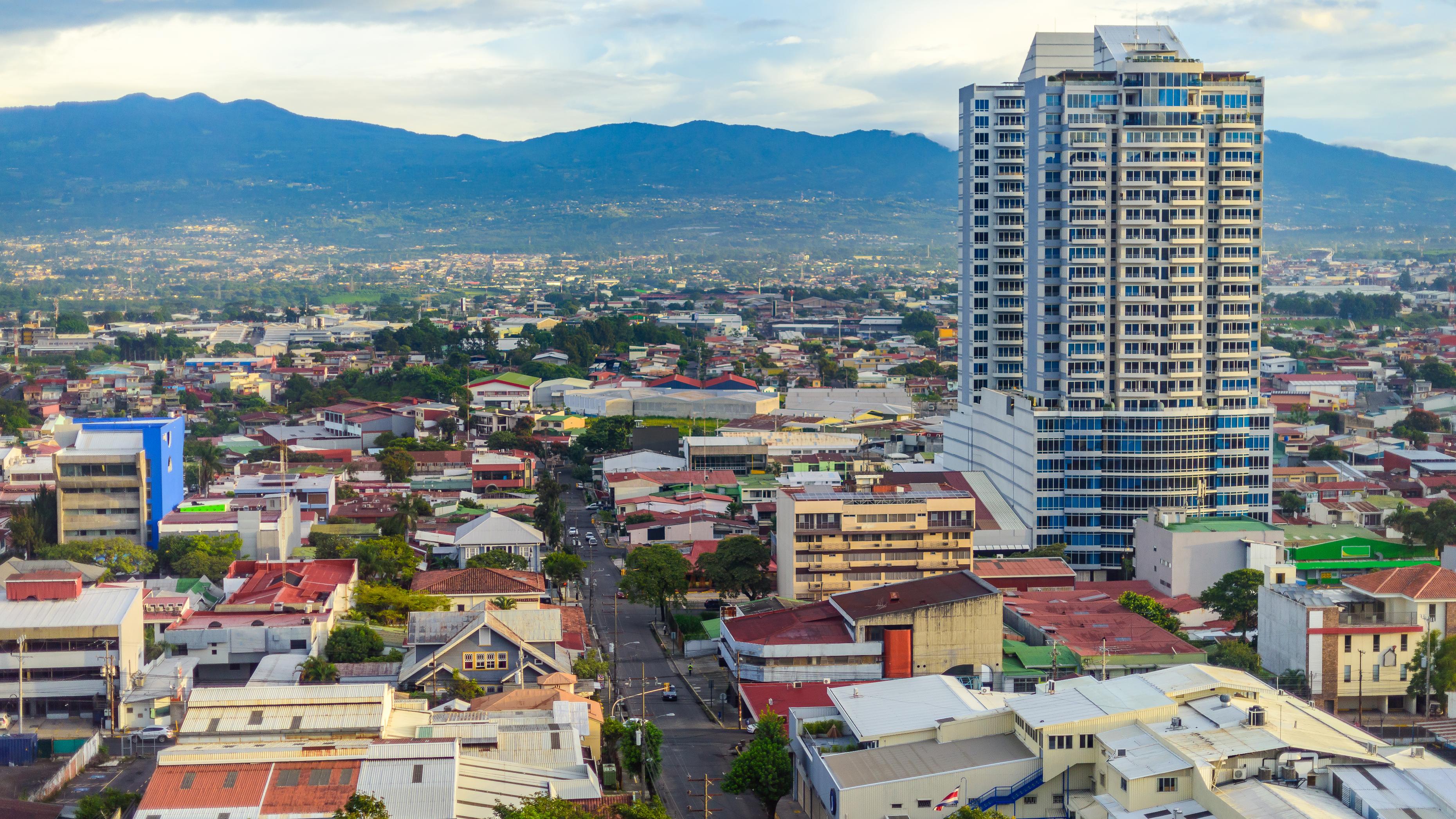
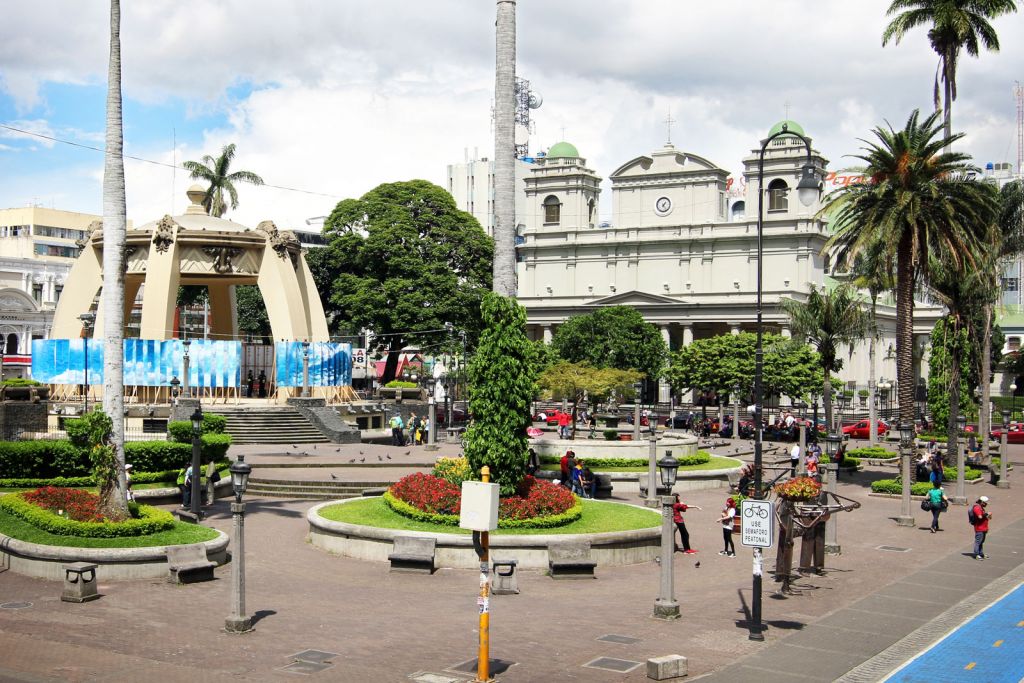
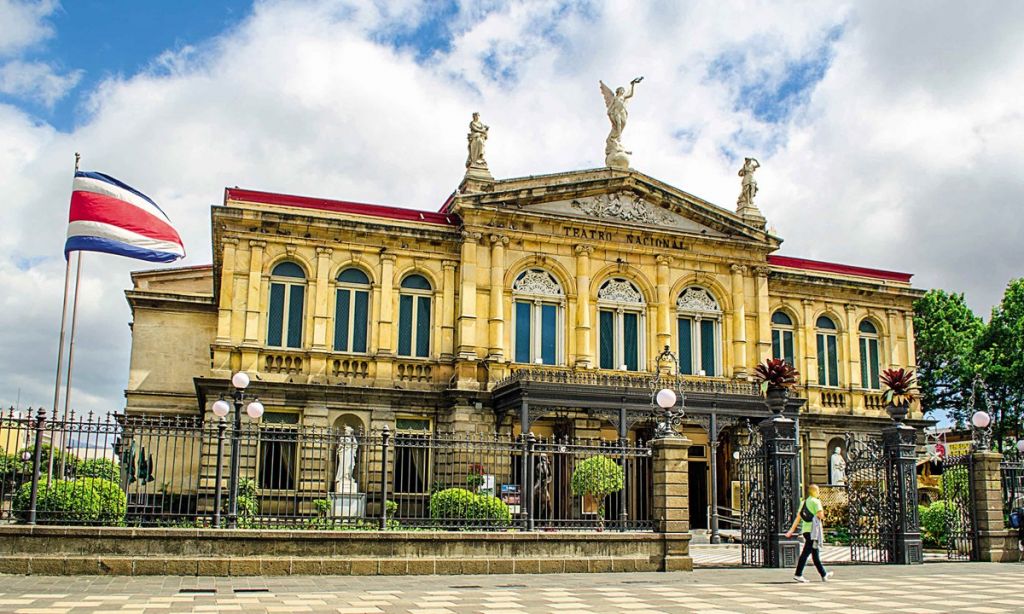
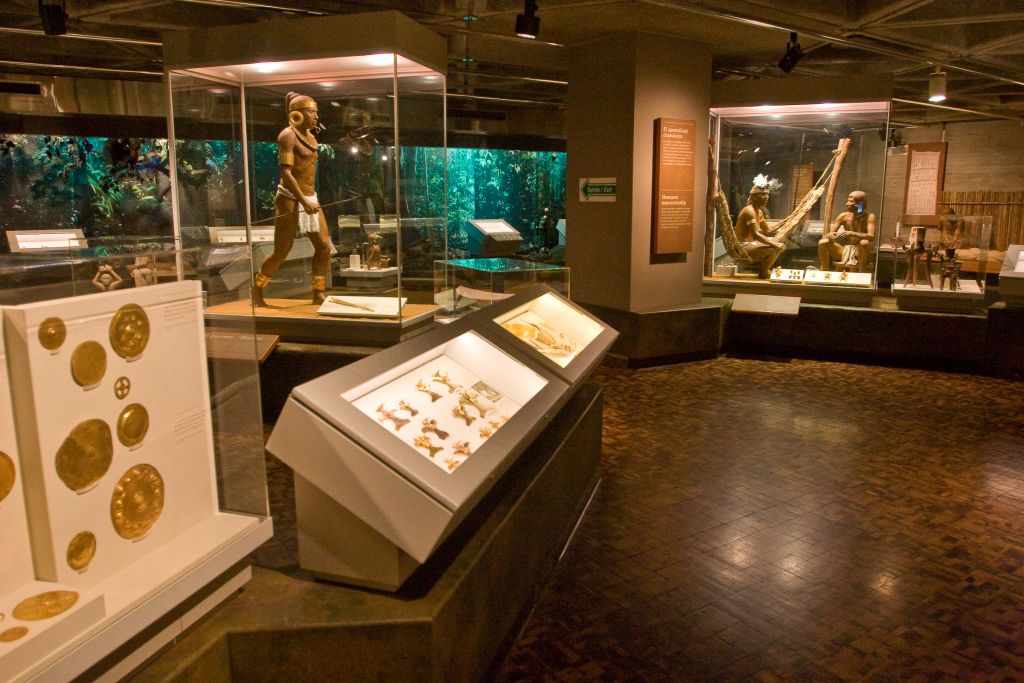
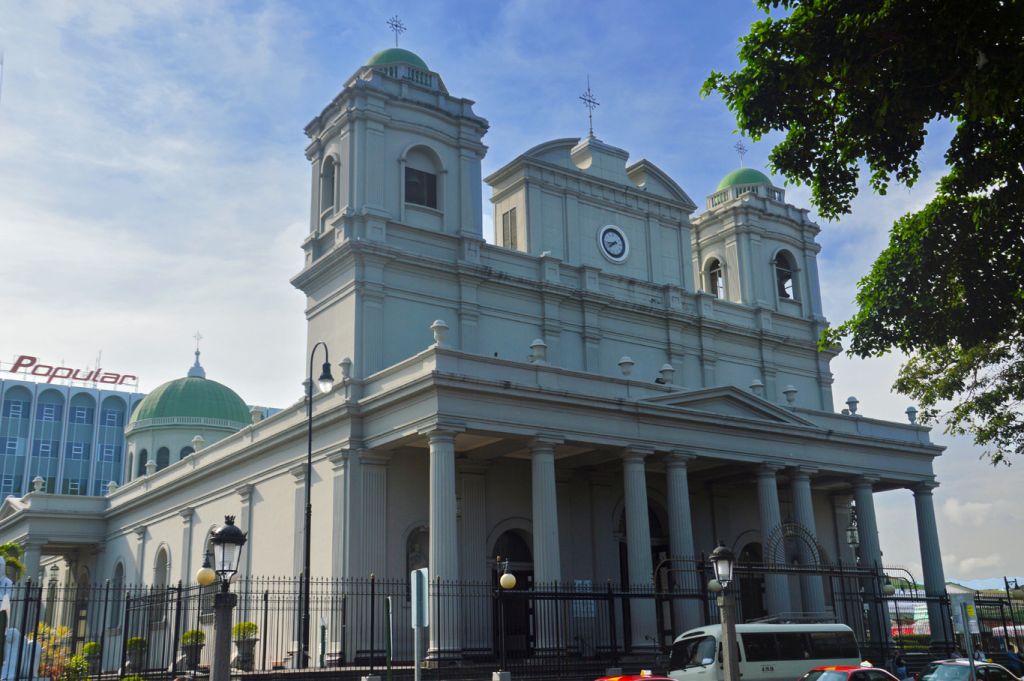

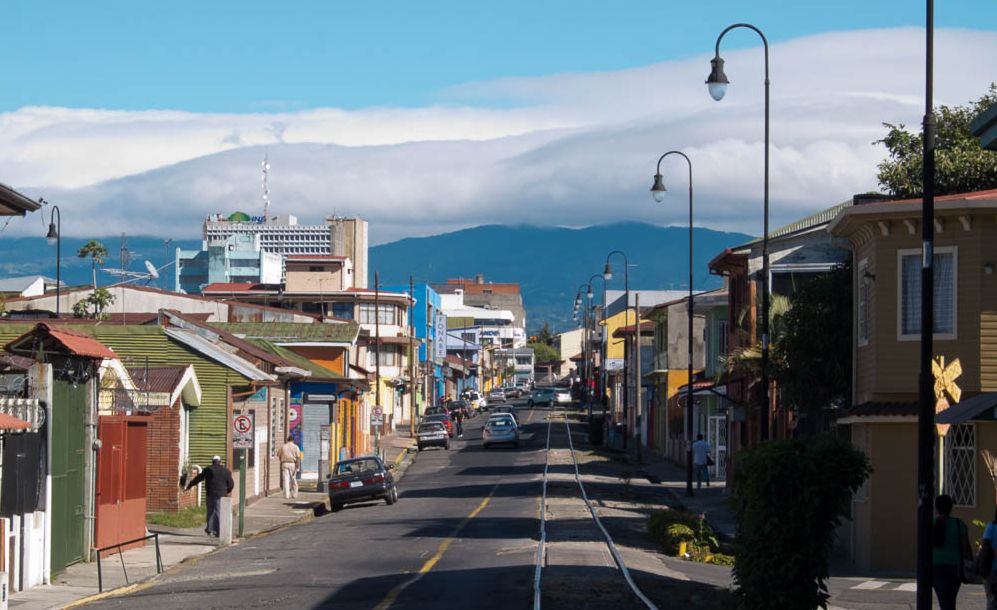
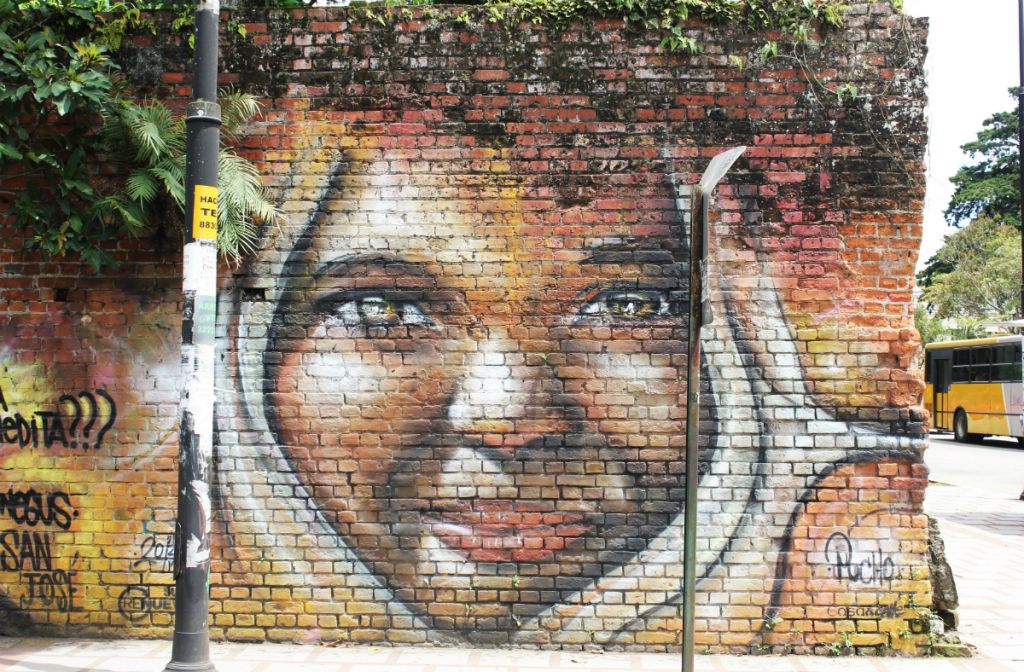
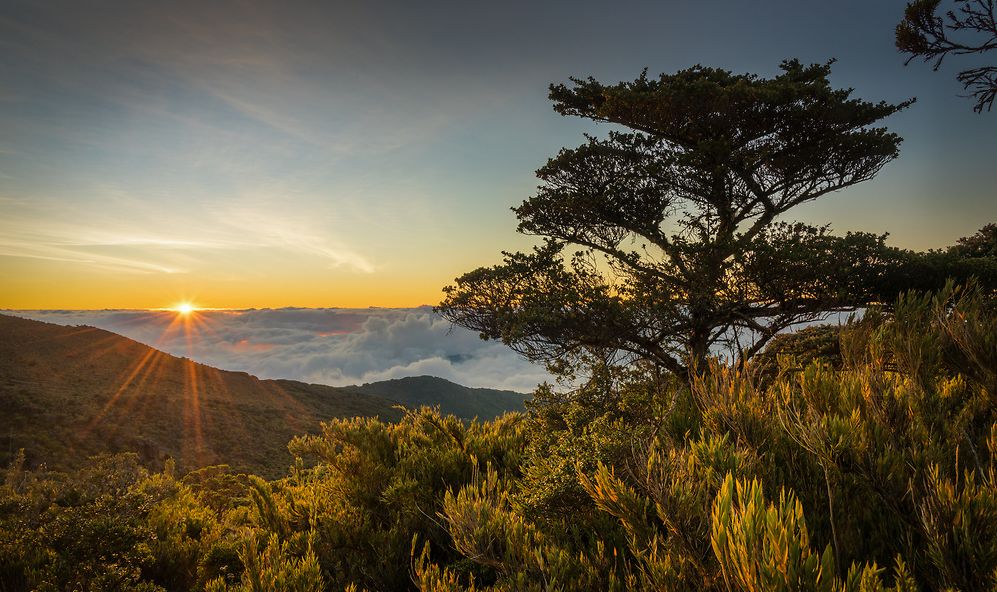
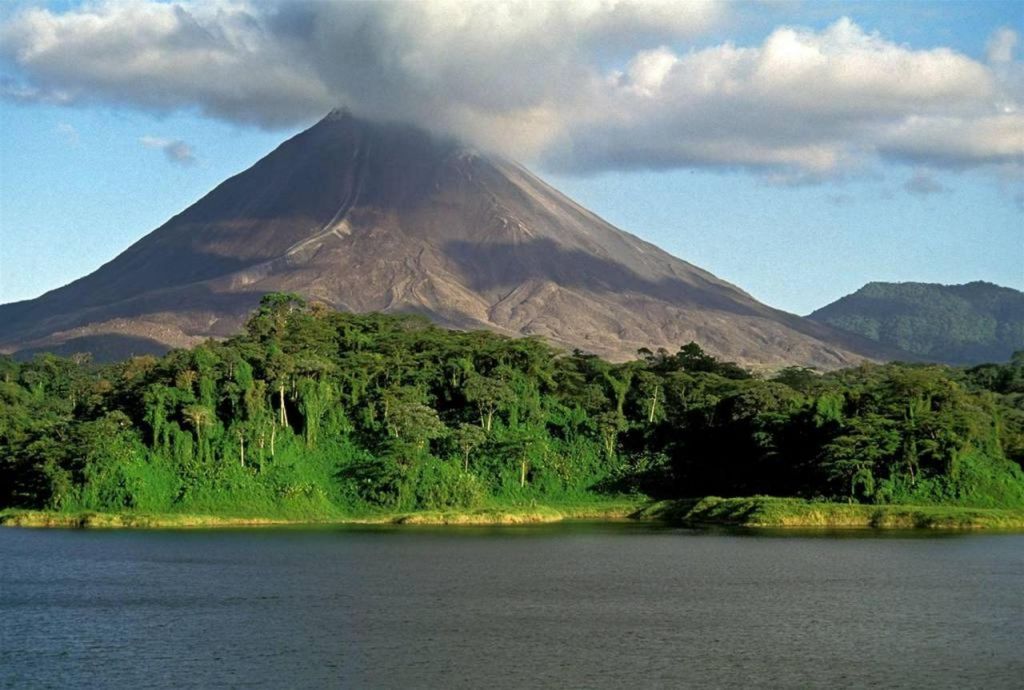
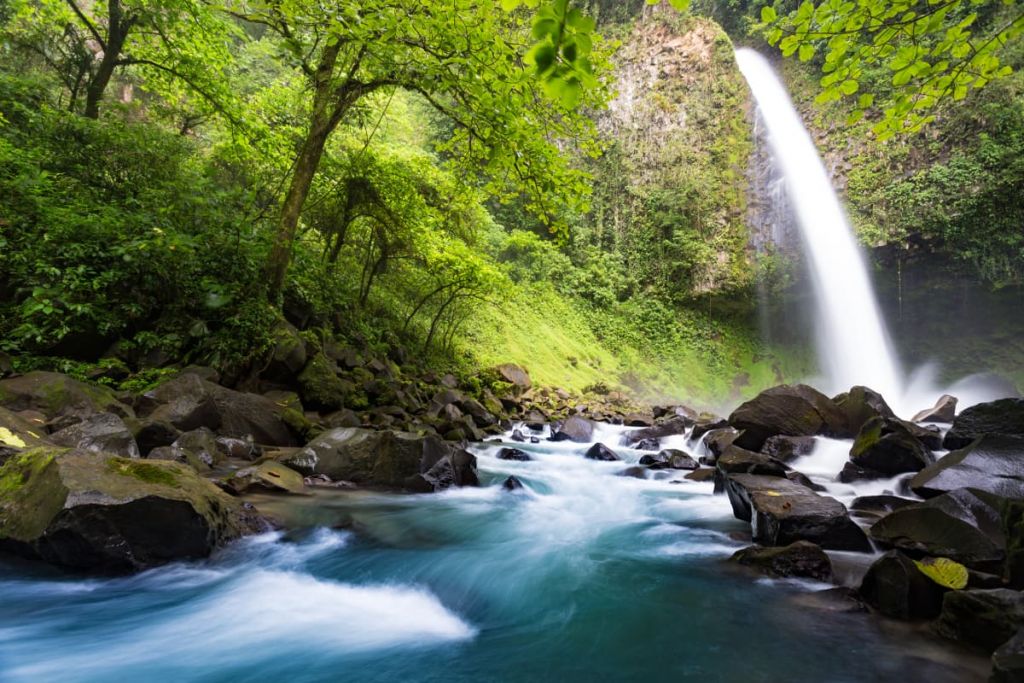
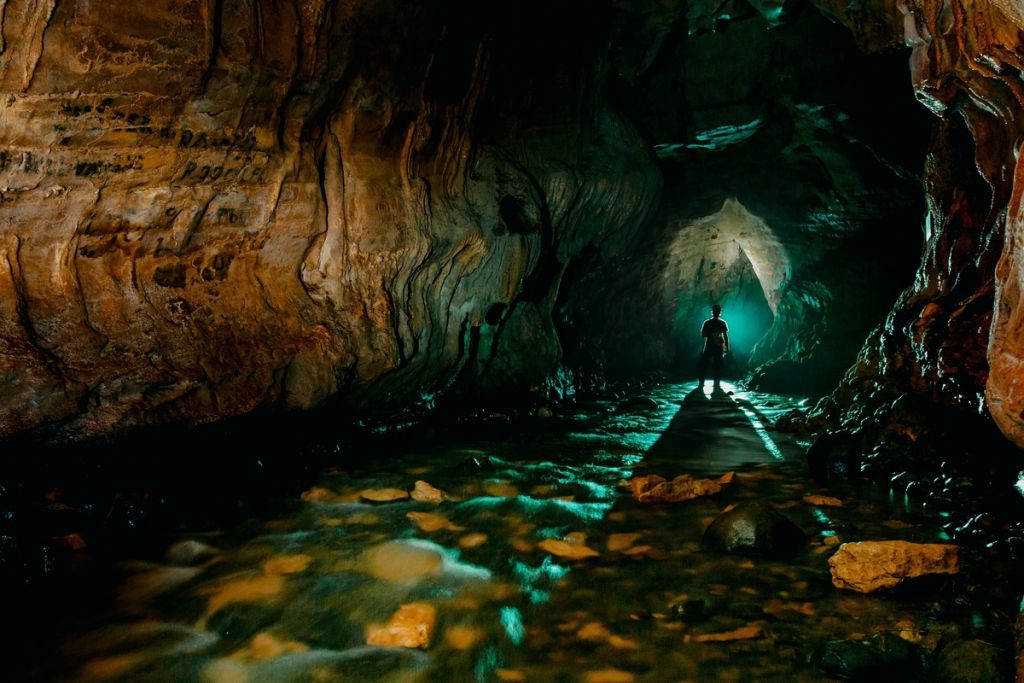
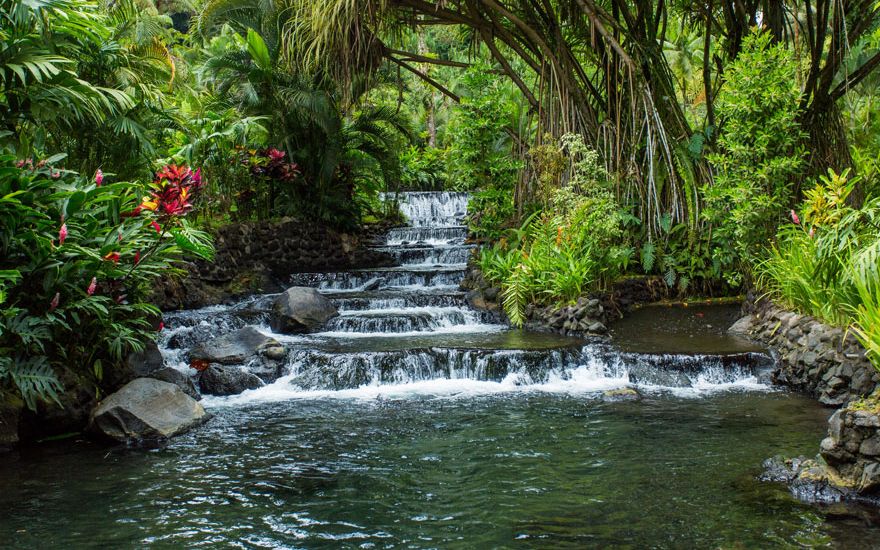
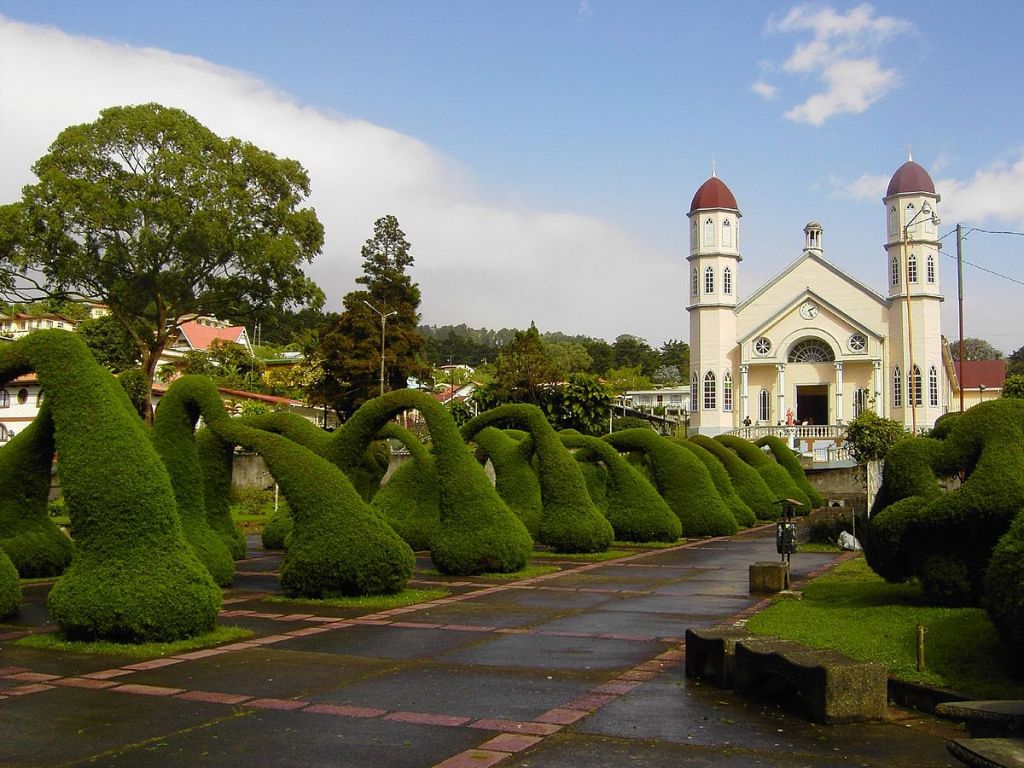
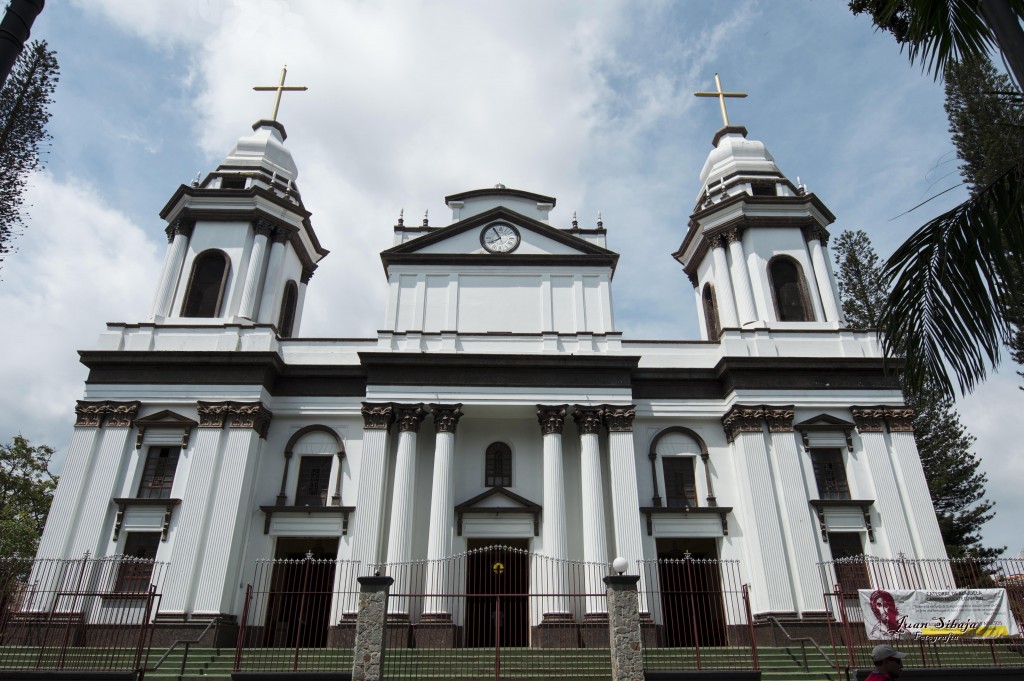
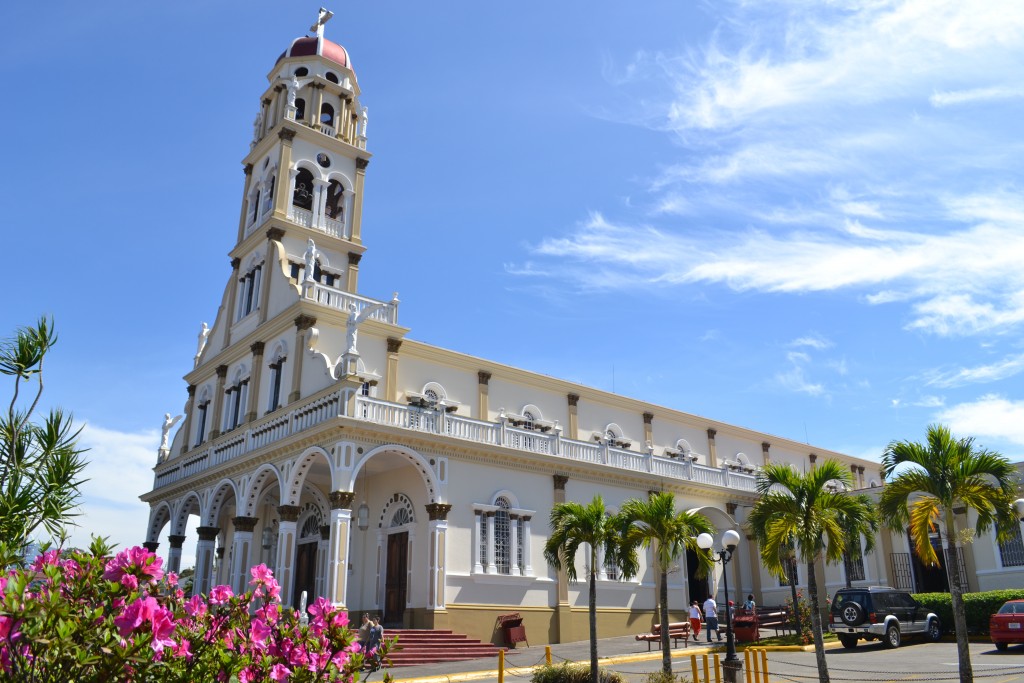
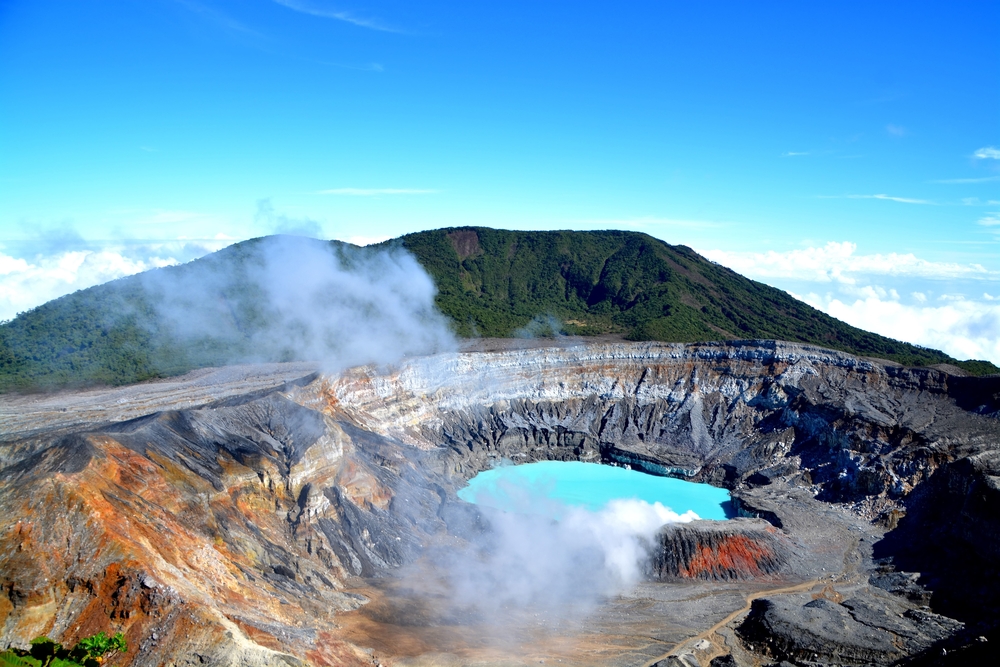
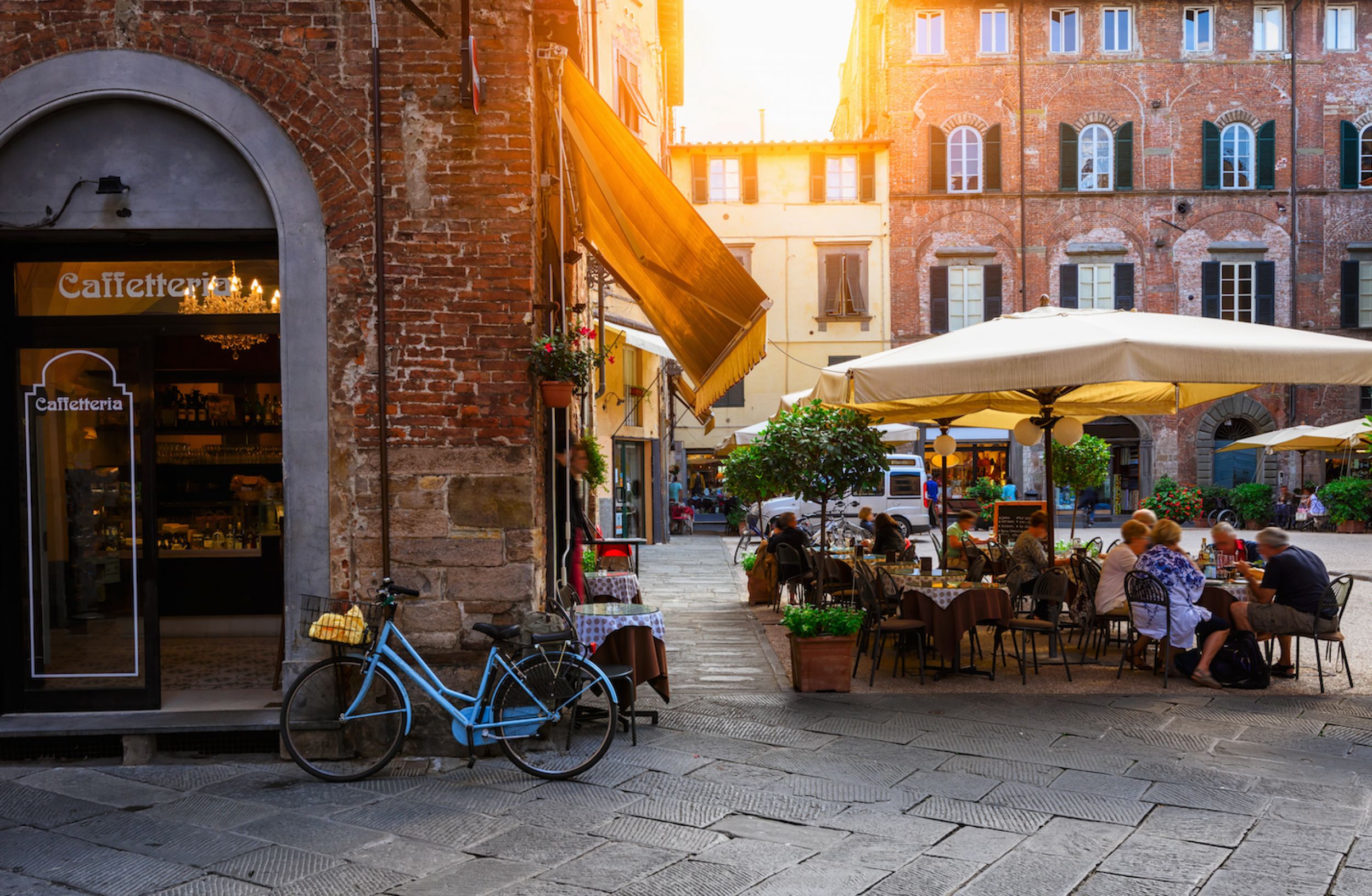
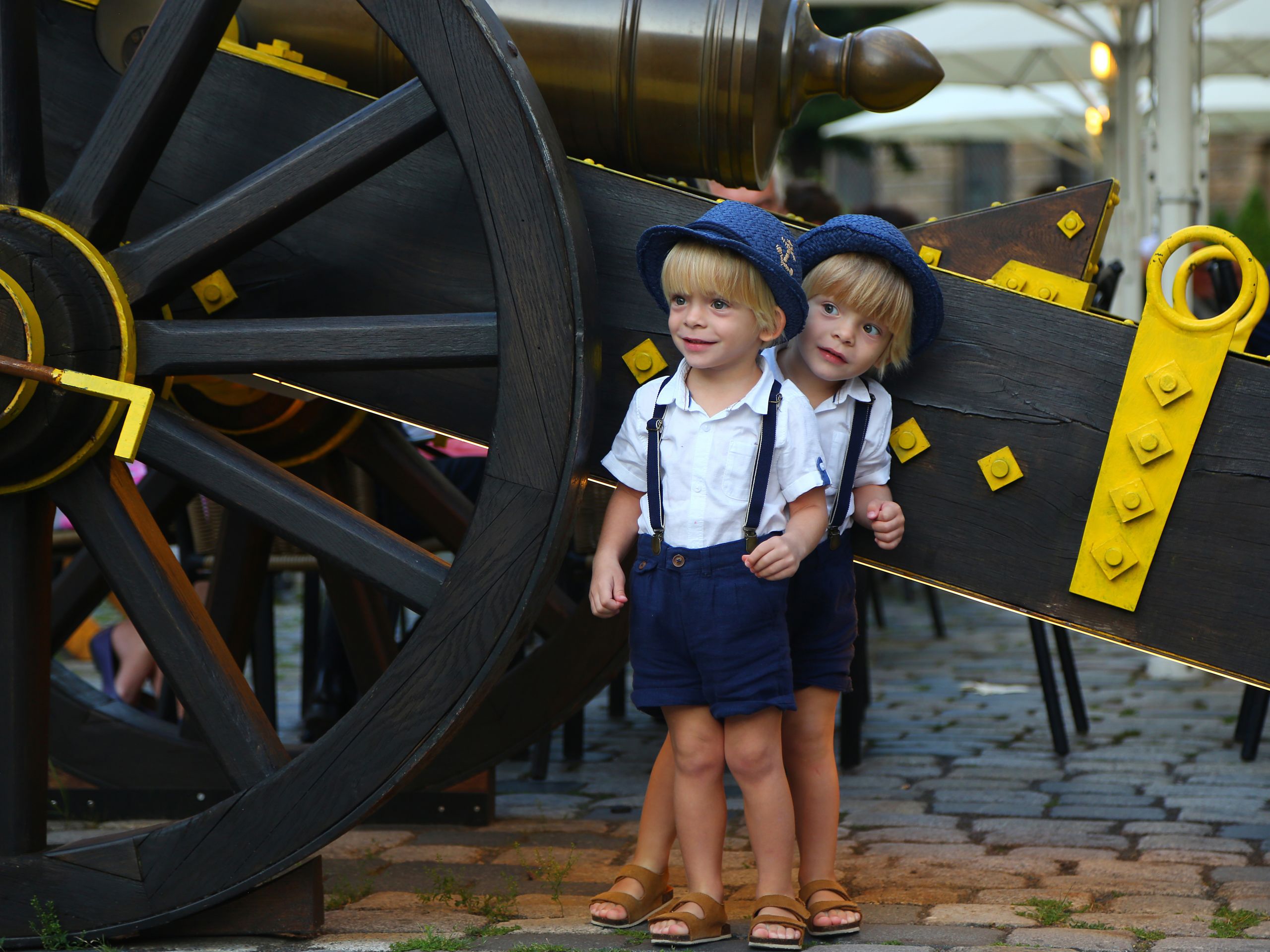


Leave A Comment